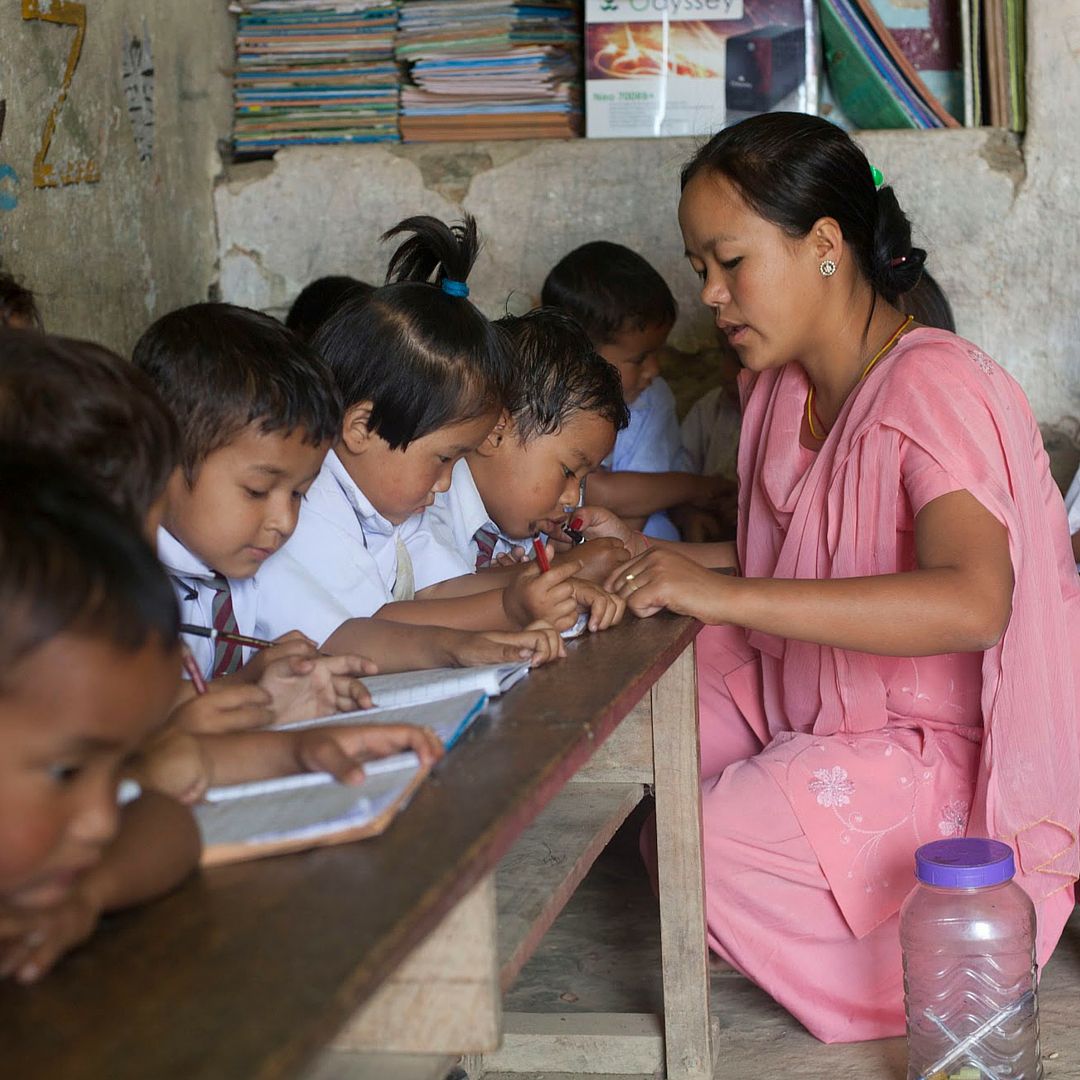
30/06/2016 by Michael Matergia 0 Comments
Private Schools in Rural Communities of the Darjeeling Hills (Part III): A Critical Appraisal
In the third and final post of this series, Michael takes a critical look at the rural private schools operating in the rural hills region surrounding Darjeeling.
This is part 3 of a 3 part blog post that was originally published on the American Indian Foundation Clinton Fellows Blog .
In this series I have detailed the rapid growth of unaided rural private schools catering to the needs of marginalized agricultural and tea communities in the Darjeeling Hills. My impression of these schools is largely positive and these emotions have been conveyed in my writings. In this post, I would like to take a more critical approach towards examining rural private schools.
One of the main challenges plaguing the Indian education system is a lack of justice and equity in the distribution of quality education to children across all segments of society. This segregation is readily apparent in my daily life here. My commute takes me past a Top 10 Indian Boarding School where facilities still echo the glory of the British Raj. In the same day, I will visit schools where the students are present but water, toilets, books, teachers, and learning are missing.
The new addition of private schools into rural and poor communities adds one more layer of segregation to the education system. One study that looked at who attends these schools, demonstrates that while the students are from disadvantaged backgrounds, the private schools do serve the relatively more advantaged.(1) Children from families without the necessary resources remain trapped in the government primary schools. Additionally, the private schools are under no obligation to admit applicants and as a result often students with learning disabilities or developmental delays are relegated by default to public sector. As students drift out of the public schools, rural primary schools are left trying to provide education to less than fifteen students.
From the perspective of the individual schools, their efforts to provide quality education and a supportive learning environment are hampered by a lack of funds. To remain affordable to the families in their communities-fees are typically less than $3/month. Nearly all fees are directed towards paying teacher salaries.
As private schools they are completely out of the scope of the public sector. The students are not eligible to benefit from government schemes-including mid-day meals, free textbooks and uniforms, and any school health interventions. Teachers are not required to have any certification or training. Students do not take national examinations. There is no guarantee on the quality of education and indeed I have witnessed a large variation in the schools that I have visited. While some private schools exist as social initiatives, others are the business initiatives of community members and posses a profit motive that can distort the quality of education.
The rise of private unaided rural private schools has certainly benefited many children in the communities in which CHHIP will work. However, as these schools are autonomous entities with little oversight there exists no guarantee that students are receiving an education that is any better than the public sector. The addition of a yet another layer to the Indian education system is a further challenge to ensuring justice and equity for the children of this country.
Citations:
(1)Kremer, M. and Muralidhara, K. “Private Schools in Rural India: Some Facts.” Presentation at the NCAER Conference on the Indian Economy Neemrana – 16 January, 2006.

Comments
Leave a comment